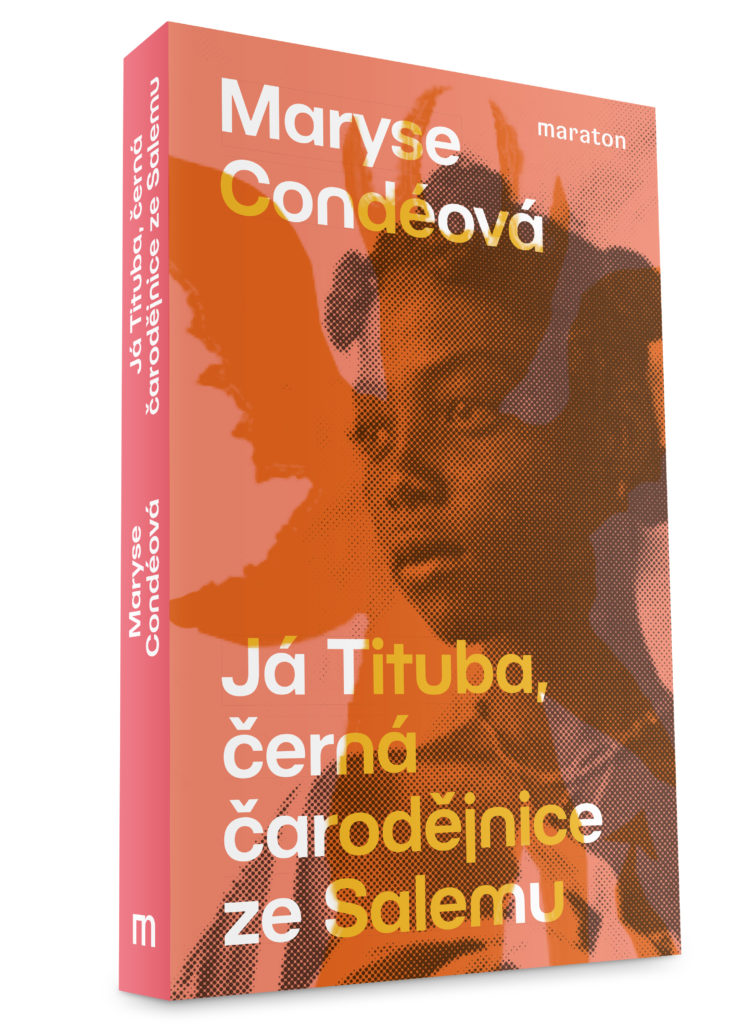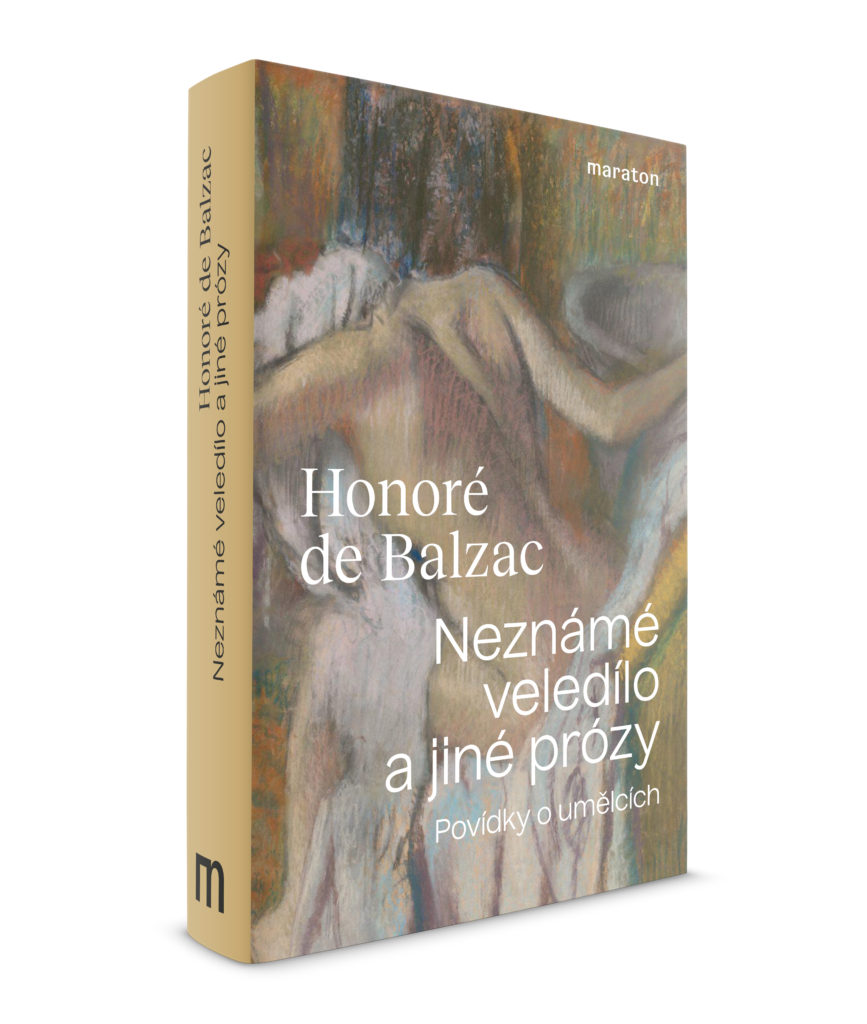Hearts Too Fast. In the new prosaic book by Alena Wagnerová the reader is about to meet a range of real historical characters – the Catholic bishop Antonín Podlaha, the writers Karl Kraus and Rainer Maria Rilke, the painter Max Švabinský or the personalities of Johannes and Sidonie Nádherný. Yet it is not a historical novel.
Pozdní navrátilec
Novely a povídky
The Latehomecomer. In this selection of 13 stories which were published in The New Yorker, Gallant shows herself to be one of the century’s most accomplished, and least conventional, writers of short fiction.
Já Tituba, černá čarodějnice ze Salemu
I, Tituba: Black Witch of Salem. This wild and entertaining novel expands on the true story of the West Indian slave Tituba, who was accused of witchcraft in Salem, Massachusetts, arrested in 1692, and forgotten in jail until the general amnesty for witches two years later. Maryse Condé brings Tituba out of historical silence and creates for her a fictional childhood, adolescence, and old age.
Sbohem a jiné prózy
Farewell and Other Stories. Balzac is often remembered as the author who, despite his romantic beginnings, embraced realism and critically portrayed the life and morals of French society in the first half of the 19th century. The collection includes eight of his finest novellas and short stories on a wide range of topics and fully demonstrates the mastery of suspense and revelation that were the hallmarks of Balzac’s genius.
Výpravy na Východ
Eastern Approaches. Sir Fitzroy Maclean’s famous account of his diplomatic and military career between 1937 and 1945 is published in Czech for the first time. Maclean’s adventurous narrative, delivered with unmistakable wit and personal charm, served as one of the models for Fleming’s series of James Bond novels.
A lampa ještě hořela
The Little Lamp Was Burning Still. Oldřiška, the narrator of Iva Tajovská’s new novel, takes us from the beginning of the 20th century through to the summer of 1972 when the demolition of the famous Veselka Hotel in Pardubice symbolically completed her life story. As a result of her troubled family circumstances and her platonic love, she spent her youth and adulthood in loneliness and seclusion, which made her all the more sensitive to the fates of others.
Dějiny a doba postfaktická
Eseje, úvahy, glosy
History and the Post-Factual Age. Essays, Reflections and Commentaries. In his texts Igor Lukeš offers two poles of his perspective—history and politics. He examines the Czech history of the 20th century with its catastrophes and myths, and today’s political problems in the Czech Republic, the United States, Russia and in the world context. He assumes that we can draw lessons from history. History may not repeat itself, but with a sufficiently critical and value-based perspective, we can uncover our own mistakes and preconceptions and find parallels between the present and the past that are not obvious at first glance.
Pád Říma
Podíl klimatických změn a epidemií na zániku římské říše
The Fate of Rome: Climate, Disease, and the End of an Empire. How devastating viruses, pandemics, and other natural catastrophes swept through the far-flung Roman Empire and helped to bring down one of the mightiest civilizations of the ancient world.
Lenin
Osobnost, ideologie, teror
Lenin: The Man, the Dictator, and the Master of Terror. Victor Sebestyen’s book is the first major work in English for nearly two decades on one of the most significant figures of the twentieth century. In Russia to this day Lenin inspires adulation. Everywhere, he continues to fascinate as a man who made history, and who created a new kind of state that would later be imitated by nearly half the countries in the world.
Neznámé veledílo a jiné prózy
Povídky o umělcích
The Unknown Masterpiece and Other Stories. Besides the large novels that make up the so-called Human Comedy, Honoré de Balzac is the creator of a vast number of small-scale works, unknown masterpieces waiting to be rediscovered. The collection presents readers with five acclaimed stories about art and artists in which Balzac endowed a theme particularly close to his heart with a fusion of romance and realism.
Ledově modrá krev
Blue Blood. The book tells the story of Ida Zmoiro, whom Buida based on Soviet actress Valentina Karavaeva. “Actress” sounds glamorous, but Ida’s life is filled with pain: a brief marriage to an Englishman, an accident that ruins her film career by making her face look like a broken plate, the Stalinist repression, and the sudden appearance of a former husband’s wife and child. As Ida likes to say, “happiness makes you fat”. In this dark, Soviet-era transformation of a fairy tale, Buida creates his own myth of a bright soul in a world inhabited by drunkards, madmen and crooks.
Dívky bez prostředků
The Girls of Slender Means.The novel that takes place “long ago in 1945, when all the nice people in England were poor, allowing for exceptions.”
In the May of Teck Club – a London hostel ‘three times window shattered since 1940 but never directly hit’ – the young lady residents do their best to act as if the war never happened. They practice elocution, and jostle one another over suitors and a single Schiaparelli gown. But behind the girls’ giddy literary and amorous peregrinations they hide some tragically painful secrets and wounds.












